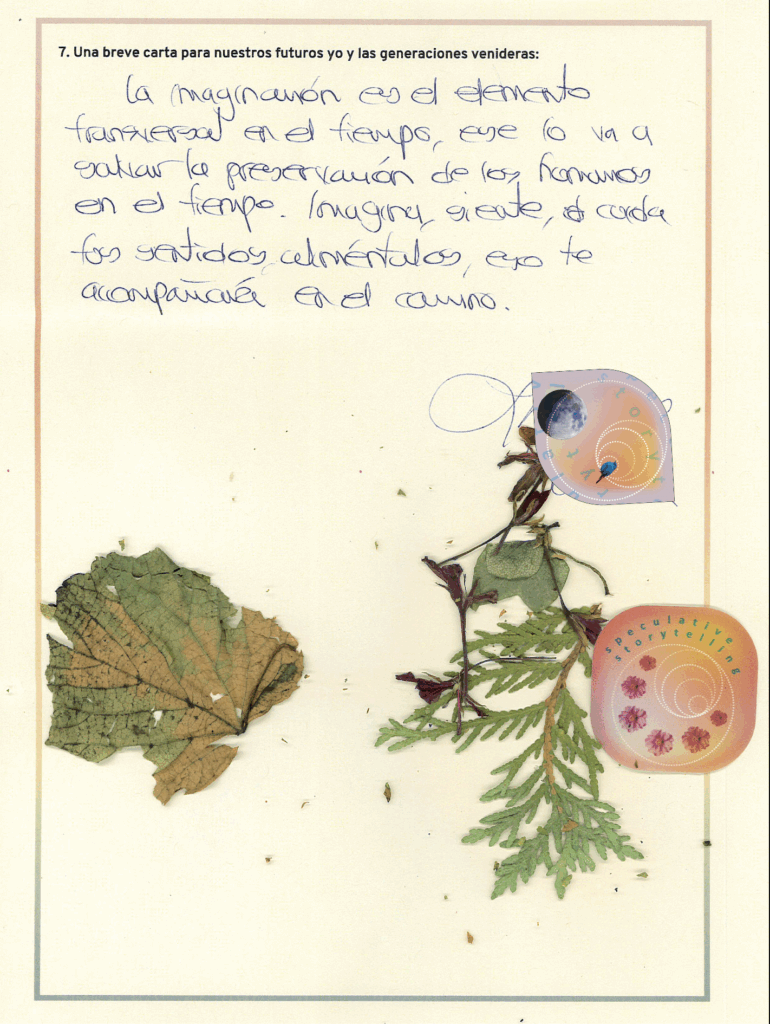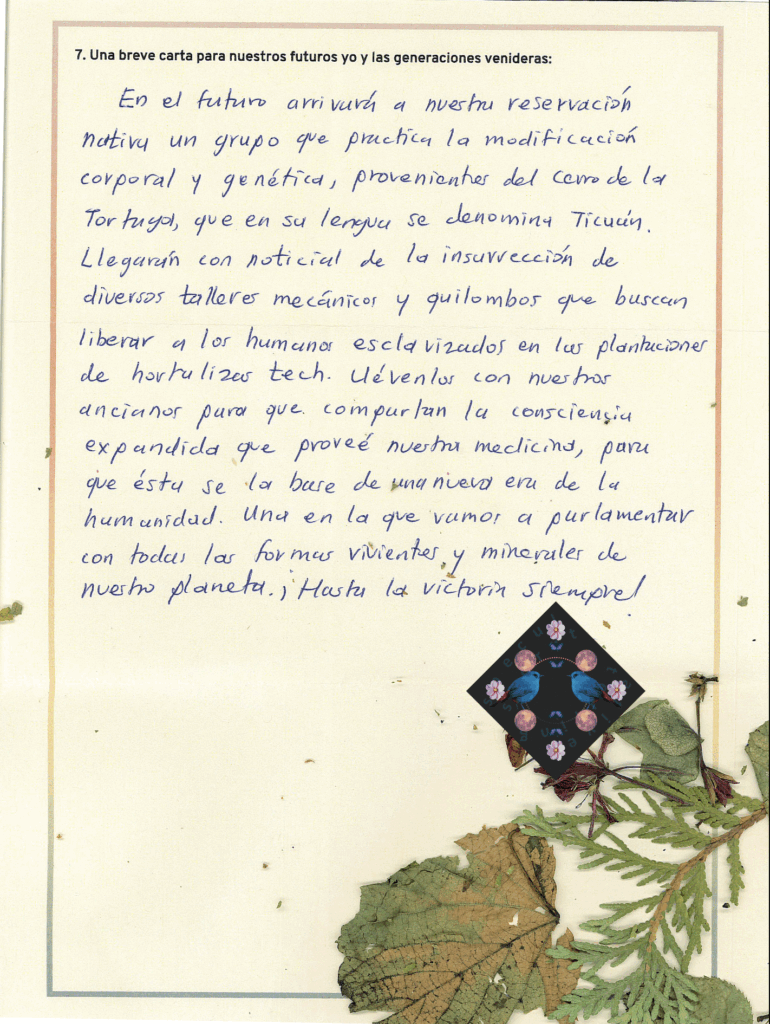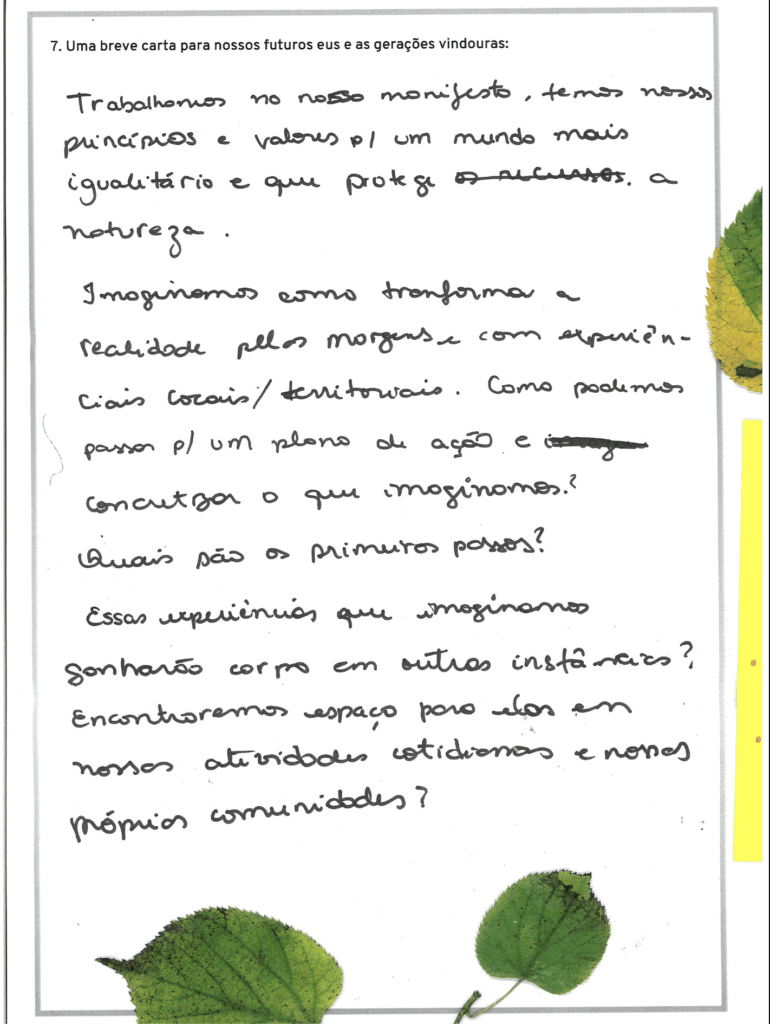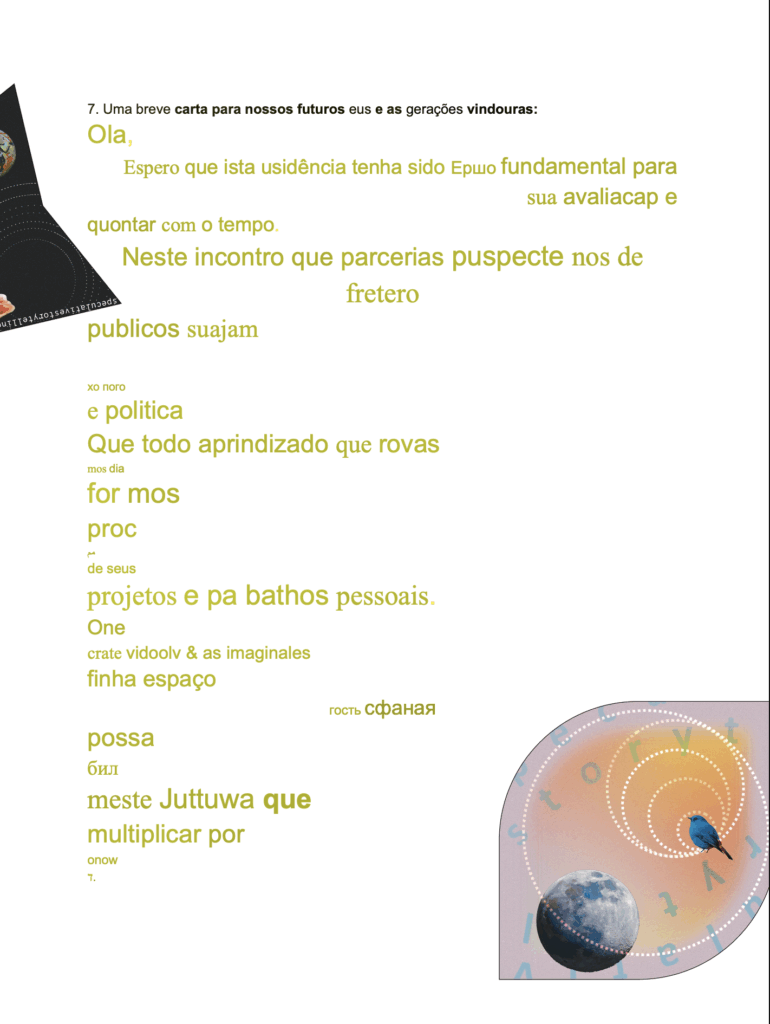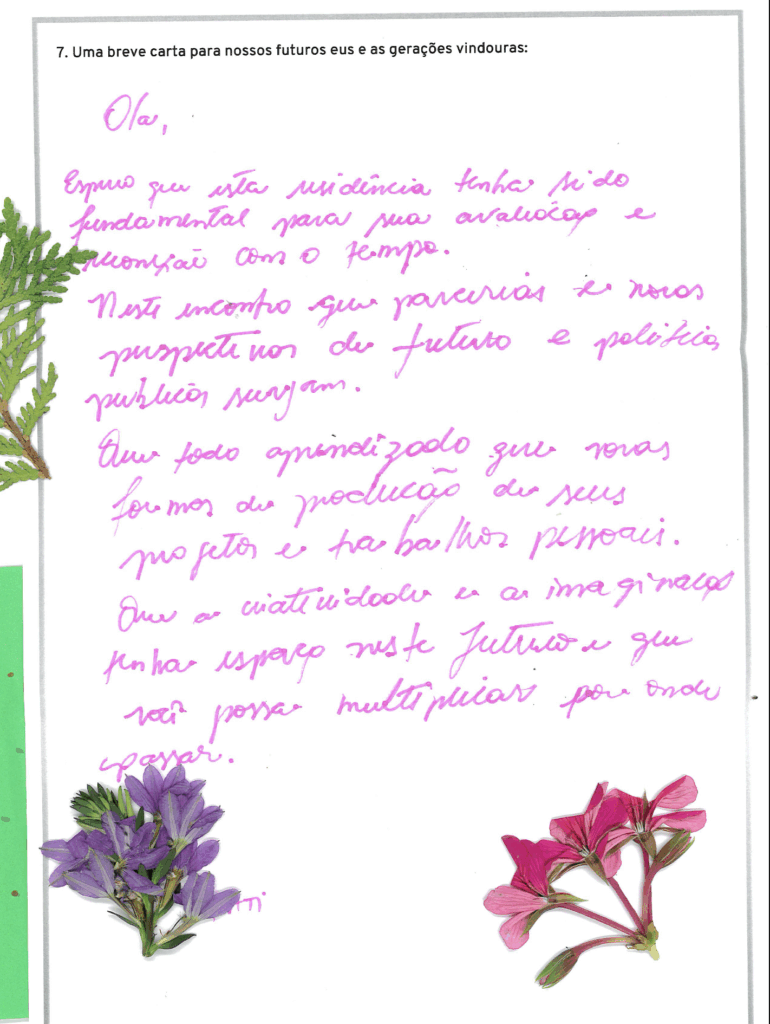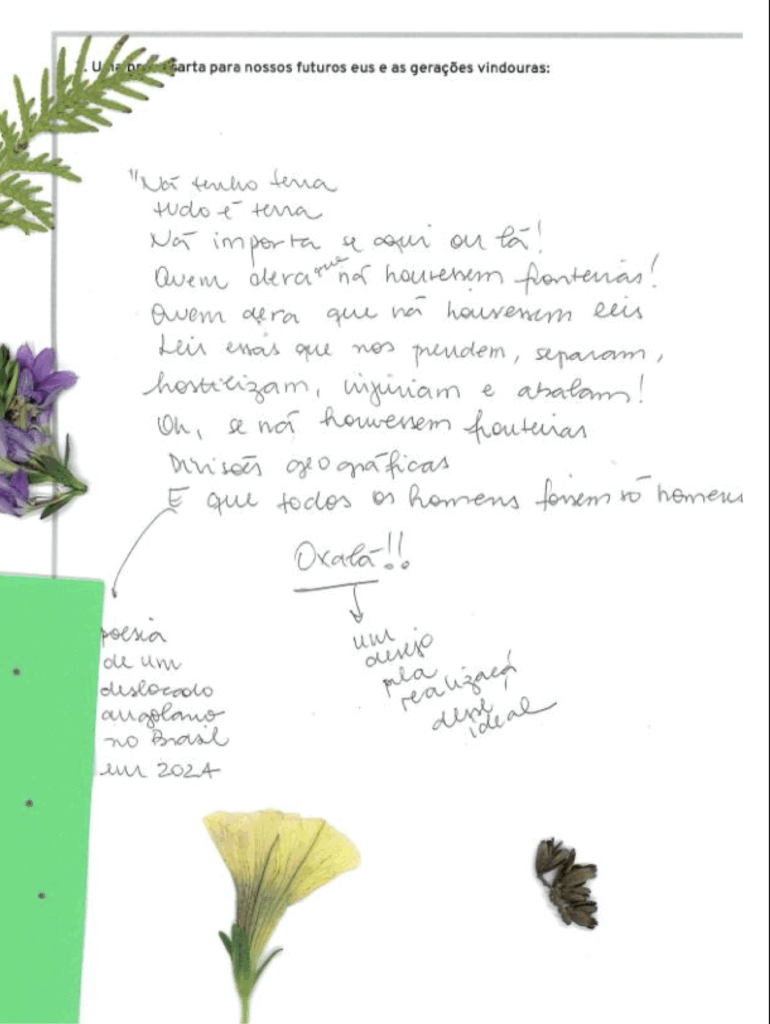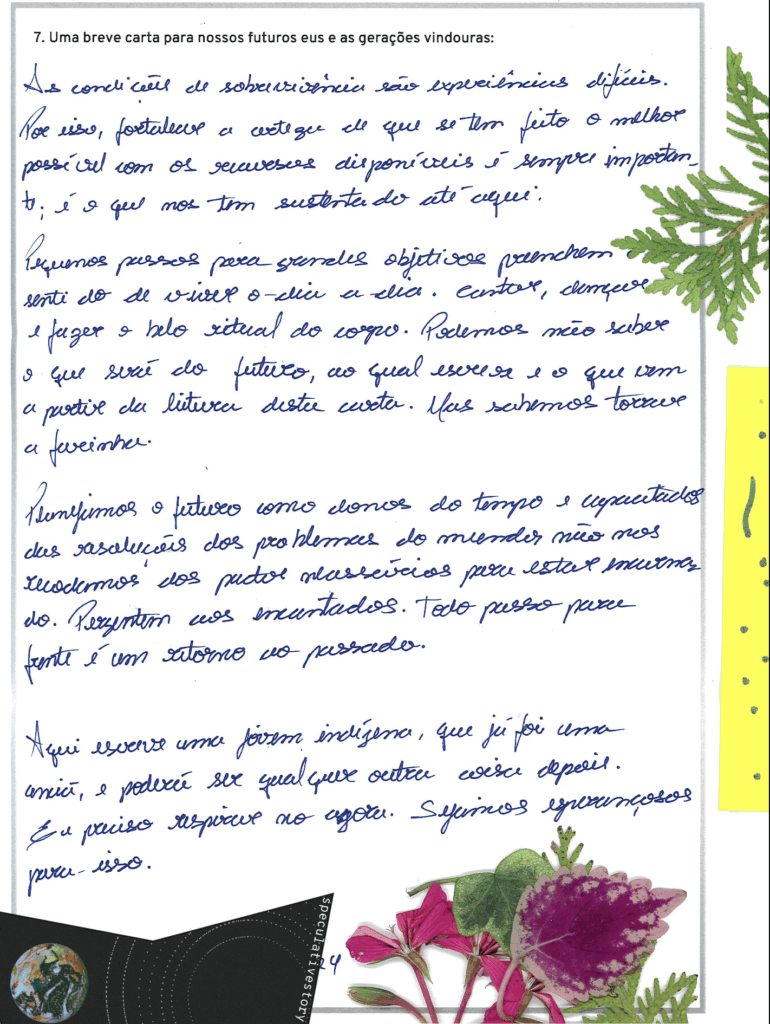This activity is part of Antonella Ribeiro’s final internship project. It was developed as an independent exploration inspired by a creative Monitoring and Evaluation + Foresight methodology designed for the Participatory Innovation and Speculative Storytelling for Change project.
This is an open invitation.
A call to reflect on what lives within us, to connect with the roots and wisdoms that have shaped us, and to honour the legacies we wish to carry forward. Take a moment to pause, to listen, and to write to your ancestral self.
All letters shared with us will be anonymised and added to this living repository.
Across many cosmologies, time is not linear.
It moves in spirals, circles, and currents, flowing back and forth from the beginning of life to eternity. Different cultures describe this movement through different stories, symbols, and metaphors. Yet the essence remains: time is an ancestral continuum that lives within us, weaving together the present, the past, and the future.
RETURNING TO WHOLENESS
- The Baobab, rooted in Pan-African traditions, is a living map of life, death, and renewal – roots as ancestors, the trunk as youth, and branches as maturity, with falling leaves nourishing the soil and reminding us of wholeness, rest, and interconnectedness.
REACHING BACK TO MOVE FORWARD
- Sankofa, an Adinkra symbol from Akan culture in Ghana, calls for reverence for the past and the wisdom of elders, shown as a bird bending back to pick up a precious egg so that what was left behind can humbly guide the present and future.
DANCING BETWEEN WORLDS
- In Afro-Brazilian religions, Òṣùmàrè is the rainbow serpent shifting between masculine and feminine, coiling between earth and sky carrying water and connecting worlds – a reminder that time spirals and what came before flows into what comes next.
COMMUNING WITH THE INFINITE
- In Amazonian cosmologies, a cosmic serpent travels between inner, present, and upper worlds, expressing a vision of time where the past lies visible in front because it has already happened, while the unseen future rests behind our backs.
SEEDING THE GROUND WITH STARS
- In Quechua, Muyu means seed, circle, and cycle. Across Andean traditions, Muyu embodies ancestry, growth, and fruit; its circular or spiral form symbolises how life continually turns and renews throughout generations and territories.
UNFOLDING WORLDS WITHIN
- Within Tibetan Buddhism, the Kalachakra teaches that time moves in cycles across outer (cosmos and natural rhythms), inner (body and mind), and alternative (the spiritual path) levels, each mirroring the other, so the individual and the universe move as one continuous motion.
And here lies the wonder of it: if time lives inside us, then every action, every gesture, and every word we place into the world carries the weight — and the care — of those who came before and those yet to come.
At Global Pulse, the United Nations Secretary-General’s innovation lab, we create spaces and rituals to plan ahead with compassion. That means honouring the memory and ancestry of people and planet, embracing our whole selves, and recognising multiple ways of knowing as we imagine what comes next.
Below, we invite you to submit your own letter.
Dear Ancestral Me,
If you could preserve a story, an event, a person, or a lesson to offer back to the world, what would you choose?
Take a breath. Reflect. Then ask yourself:
What does this memory mean to you?
How might it help us imagine and build worlds where all beings can thrive together?
And remember: time is not a straight line. It is a continuous motion that always circles back to where you are. You are welcome to use this capsule to speak to, or from, any point in space and time – whether it is the child you once were or the generations yet to come.
Developed through a collaboration between Global Pulse’s Creative Communications and Design, Monitoring, Evaluation and Learning, and Foresight teams, Ancestral Time Capsules is part of our creative feedback toolkit, a hybrid method that weaves together storytelling, reflection, and foresight. It invites participants to look back at their experiences while envisioning the future ripple effects of their actions.
This page presents a simplified version of the full methodology.
To learn more, contact the Participatory Innovation and Speculative Storytelling for Change team.



